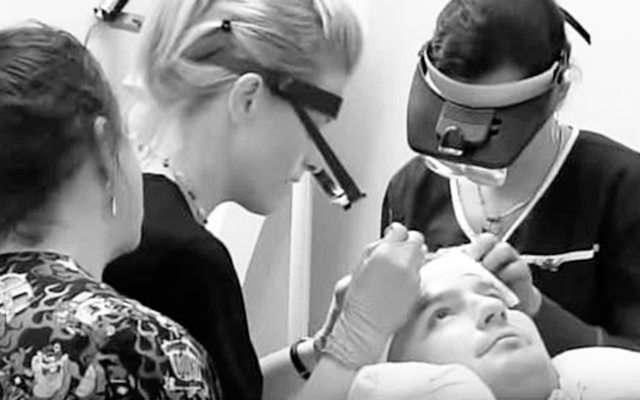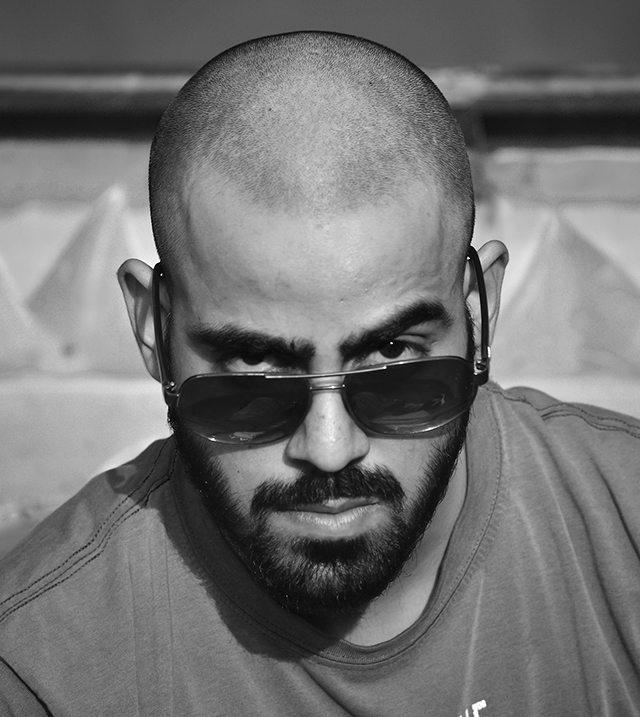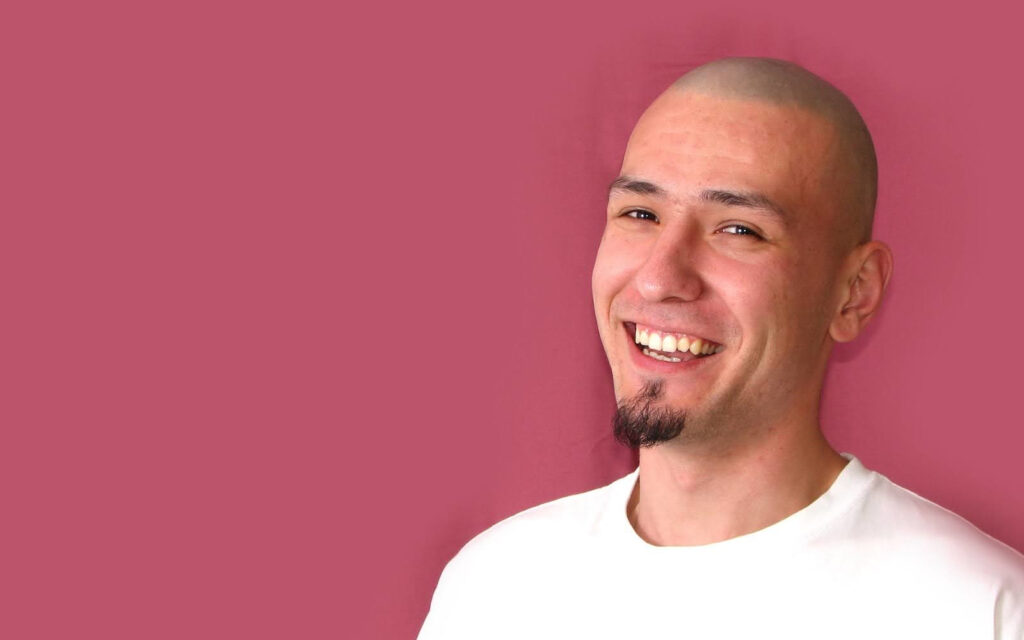*** NEW: Add PRO-NOX pain management to your hair transplant! ***
The modern era of hair transplants began in the late 1950s, but since then the techniques have vastly improved with the advancement of new technologies. This has made hair restoration procedures much less invasive and less painful than they used to be – a hair transplant experience today is nothing like your grandfather’s or father’s hair transplant experience. But are hair transplants painful?
Hair transplants are still considered surgical procedures, even though they are minimally-invasive. But for many patients, the term “surgery” conjures up the fear of a slow recovery and painful side effects. In the case of hair transplants, this fear is simply misplaced. While you may expect some minor discomfort after the procedure as your scalp heals, it is very easy compared to some other surgical procedures. During the procedure, a mild local anesthetic is applied to your scalp so that you won’t feel any pain.
If you schedule a confidential consultation with us, we will walk you through the steps of your hair restoration procedure and show you that you’ve got nothing to fear. Here are a few reasons why.
How to Navigate Pain Related to Hair Transplants
Local vs. General Anesthesia
With general anesthesia, you’re put to sleep using a combination of medical drugs under the supervision of a surgical team. Doctors use general anesthesia for more involved types of surgery, when being awake or conscious during the procedure would be too intense for patients.
By contrast, medical professionals use local anesthesia for less-invasive work, including hair restoration surgery. Local anesthesia, as its name suggests, is targeted to specific parts of the body while you are fully awake and comfortable.
In this case, hair transplant surgeons numb the portions of your scalp that will be worked on. Local anesthesia rarely results in complications, and you’ll remain awake throughout the procedure. Without the use of general anesthesia, hair transplant recovery takes much less time. Where general anesthesia requires a hospital or comparable medical center, local numbing is easy and cost-effective to administer. You also won’t have to worry about post-surgery nausea or any of the other effects typically caused by general anesthesia.
No Incisions, Stapling, or Scarring
There are essentially two ways to harvest the hair for a transplant: 1. Cut out a strip of scalp from the back of your hair and dissect it into tiny pieces to create the follicular units for transplantation (Follicular Unit Transplantation or FUT, also called the Strip Method), or 2. Extract the individual follicles using pneumatic pressure (Follicular Unit Extraction or FUE). As you can image, the latter is much easier on the patient, both in terms of required sedation as well as recovery.
FUE is an FDA-approved, minimally invasive procedure that achieves a fuller head of hair without the downtime or pain of other methods. Because doctors extract individual grafts as opposed to a large strip of scalp, there’s also no scarring like there is with strip surgery. After the follicles are extracted from the donor area, it will be covered with small red dots from the individual punctures, and these usually scab over and heal after a few days. All you’ll need is a hat to cover these up, if you so wish, but you won’t have to wait for any stitches to heal or come back for their removal.

Especially patients who undergo more than one hair transplant by strip method could experience stretching of the scalp. This means the scar resulting from the strip removal could look worse over time. This is why FUE is preferable especially for patients who seek a second hair transplant.
Hair Transplant Recovery
Hair restoration surgery using the FUT i.e. the Strip Method requires several steps: cutting a strip of skin at the back of the scalp, stapling the remaining skin back together, removing each individual follicle of donor hair from the collected scalp portion and transplanting the donor hair to the new site. NeoGraft, the premier technology based on the FUE technique, eliminates most of these steps. It is a machine that allows a skilled technician to extract hair follicles directly without the need for further manipulation, and without the need to sew up any incisions in the donor site. The tiny holes created during extraction are so insignificant that they heal entirely on their own.
Your recovery time after FUE may vary based on a variety of factors, such as your response to the grafting procedure and your own medical history. Most patients experience only slight discomfort as the numbing agent is applied. After the procedure you might feel slight discomfort as the scalp heals, but typically patients experience little to no pain during and after NeoGraft hair transplants.

Best of all, you can expect good hair transplant results with the NeoGraft method. This approach uses technology similar to a vacuum in extracting individual hair follicles, allowing doctors to remove donor hairs from any part of the body and reinsert them into needed areas. If you’re interested in learning more about FUE or seeing hair transplant before and after photos, then contact the friendly team at Nashville Hair Doctor today to arrange an initial consultation.

